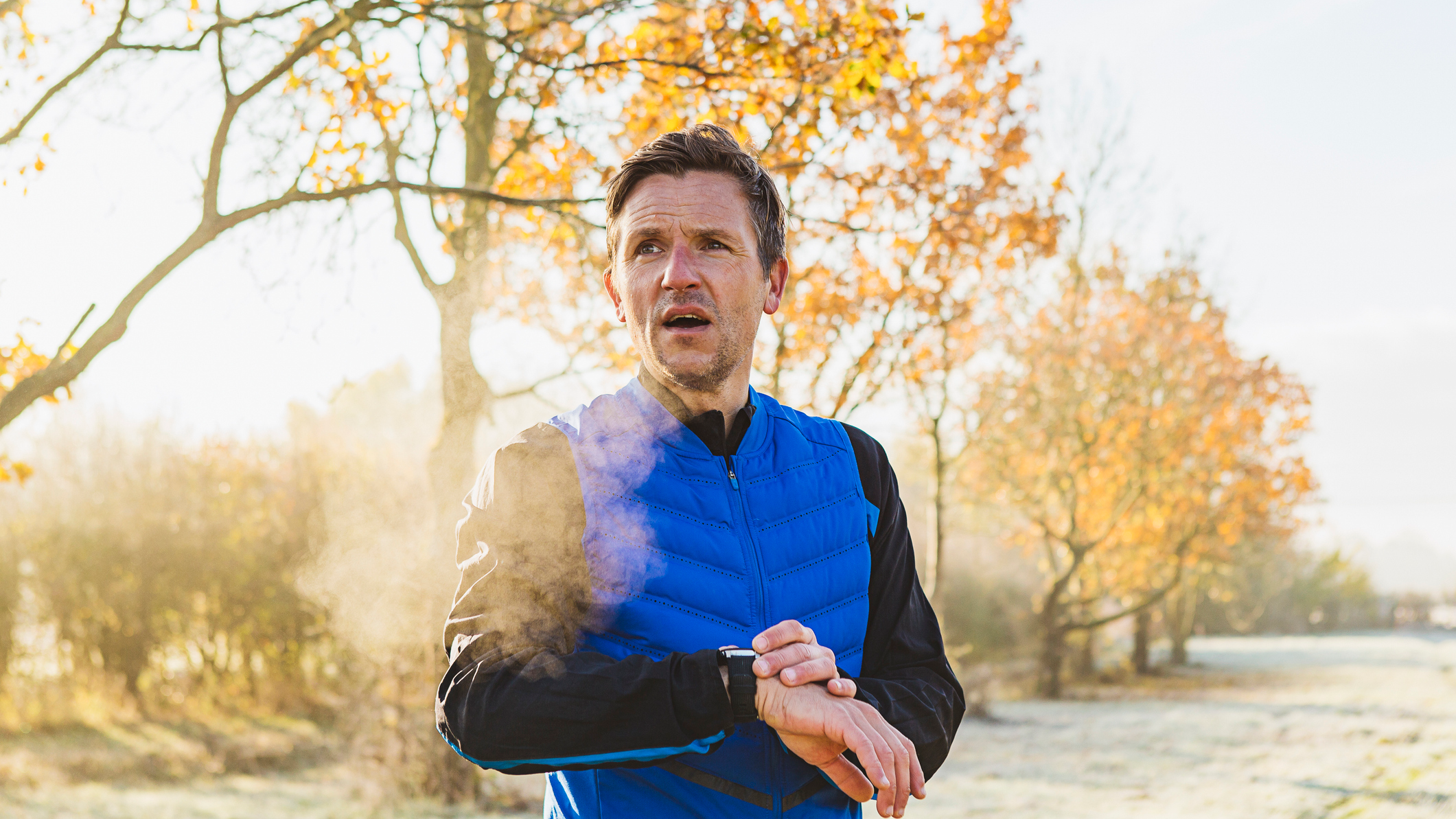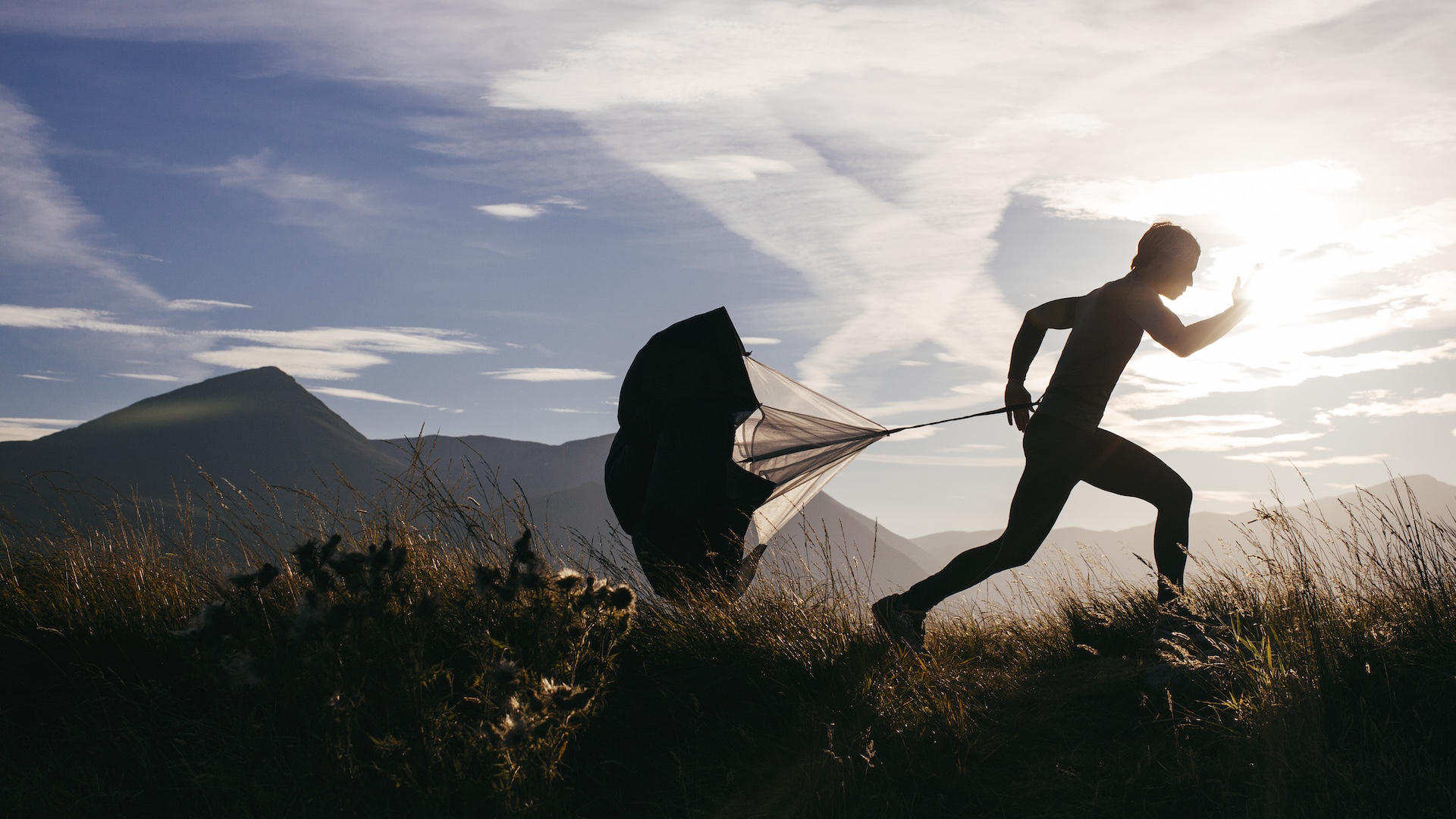
Resolved to kick on with your trail running routine in 2025 and add fresh, performance-boosting moves to your armory? Try these leftfield tactics from top trail runners and you’ll raise your game in the year ahead.
1. Stand on one leg
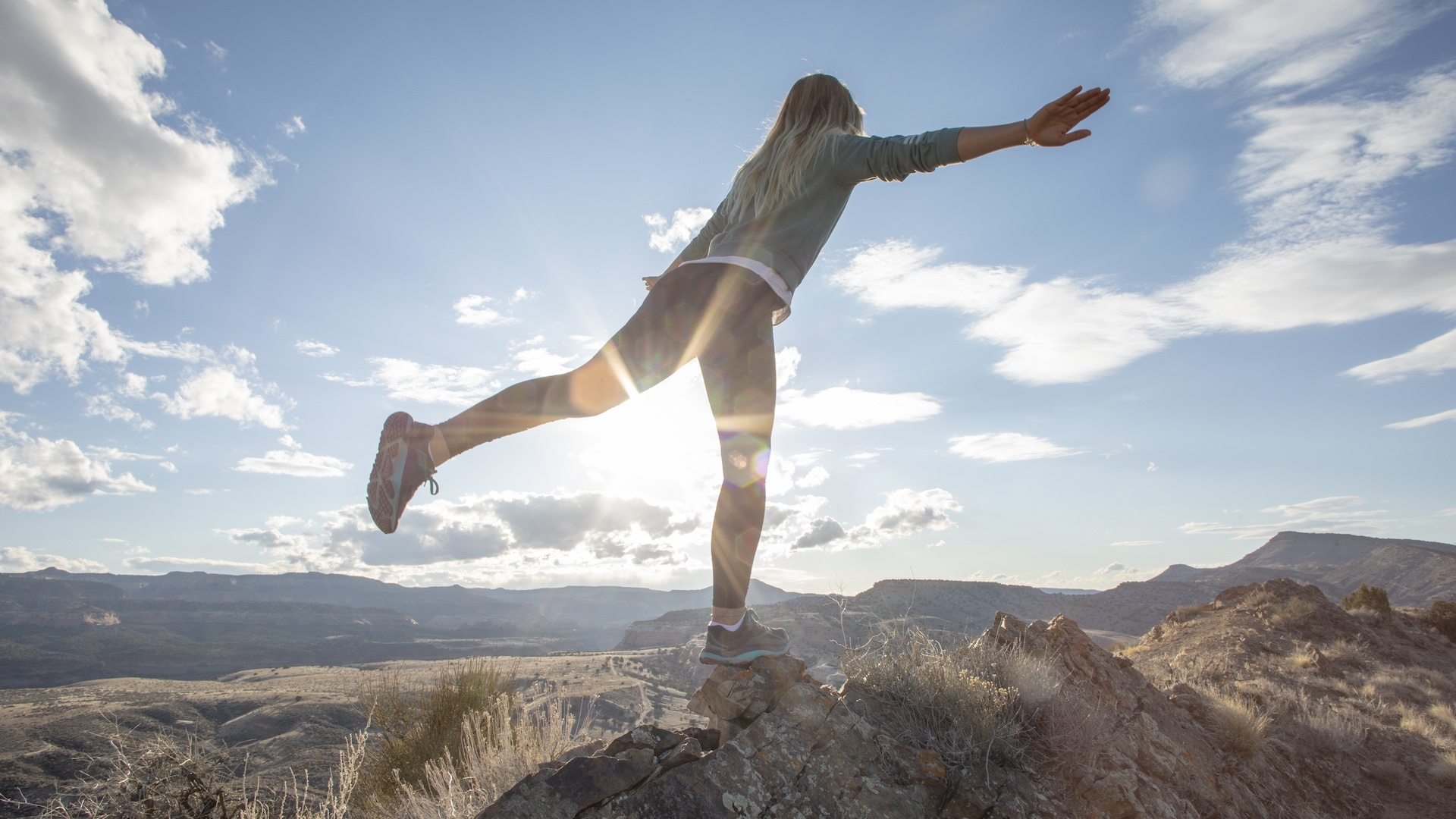
“Since tearing two ligaments in my ankle while trail running last year, strength and conditioning is now a big part of my training,” says Katy Parrott, Team Montane adventurer.
“Every week I include exercises that focus on ankle and knee proprioception – single-leg squats, wobble board exercises, calf stretches – to keep all the soft tissues strong and to be as prepared for the trails as possible. These exercises typically involve single leg and balance work which you can get quite creative with.”
2. Walk instead of run

Yes, you read that right. “When I head to the trails, it’s usually with the aim to get to know an area,” insists James Campbell, expedition leader at Rat Race. “Learning to include walking breaks in my running has helped to keep me fresh and allowed me to go so much further, covering more miles and getting more from my run.”
3. Get a head for hills
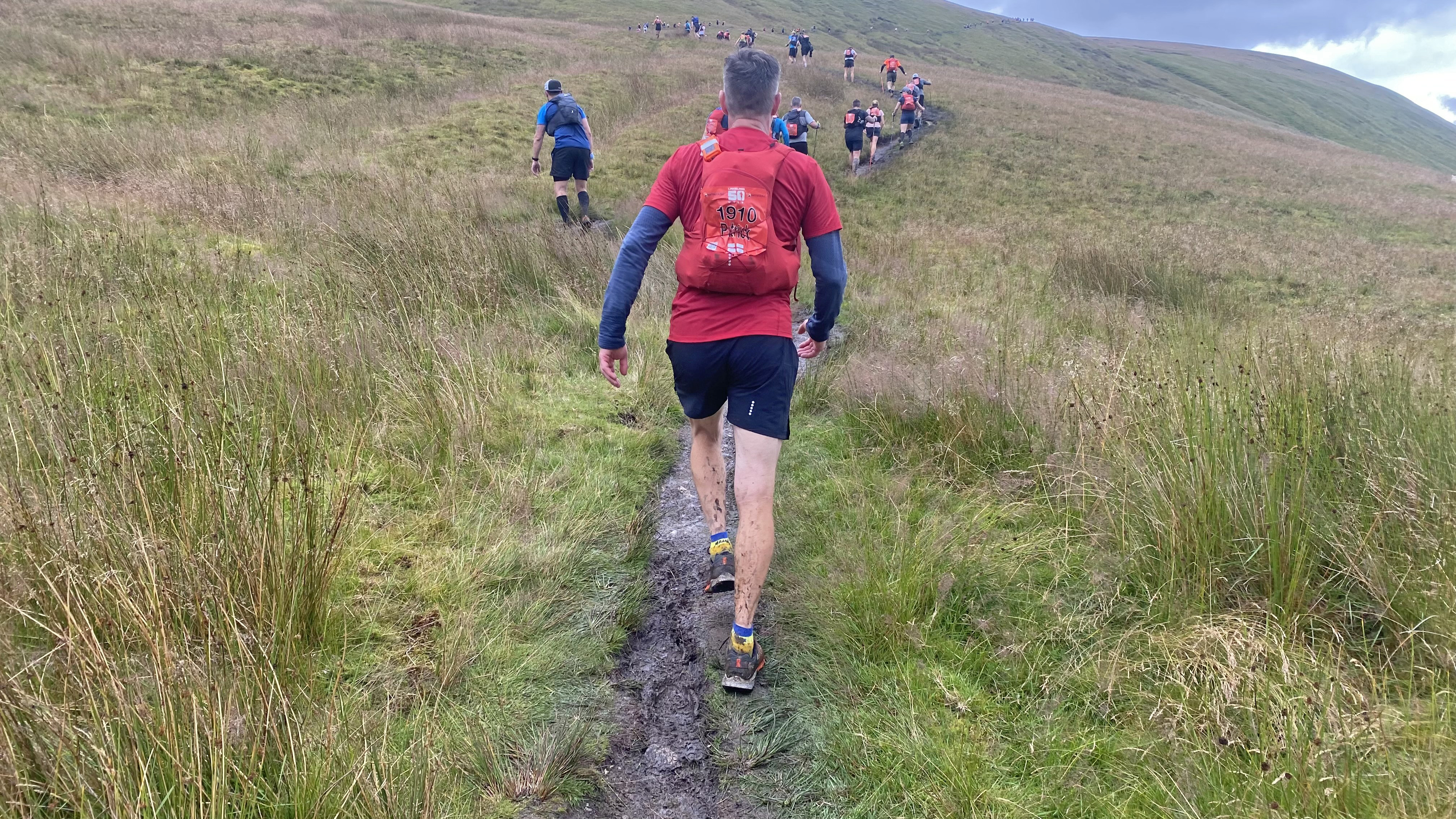
Hill runs are dreaded by runners of all disciplines – but they’re a recreational hazard for trail runners which you should learn to love. That’s according to Simon Roberts, Team Montane ultra runner.
“For effective training prioritize hill reps. Doing two sessions a week will strengthen your legs and improve your endurance. Break them into easier chunks if it helps – doing short intervals during which you put more effort in – then easing up. Also focusing on making your steps shorter and driving your knees higher will take your mind off the severity of the incline, while powering you up there a bit faster.”
4. Do box jumps

A 2023 review of studies by researchers at Universidad Pablo de Olavide, Sevilla, Spain – published in the journal Sports Medicine – found that explosive jumping movements improve muscle responsiveness and help you tackle uneven terrain with ease.
Advnture Newsletter
All the latest inspiration, tips and guides to help you plan your next Advnture!
For middle- and long-distance runners, plyometric exercises – like box jumps, bounding and single-leg hops – were shown to improve running efficiency. The review suggests that jump-based exercises work better at slower running speeds (below 7.5mph / 12km/h), while heavy weight training is particularly effective for runners with high fitness levels (high VO2 max) and when running at faster speeds.
5. Learn to run slowly

“It may seem like an odd one but for the adventure I have planned for 2025 I am going to have to learn to run at a slow and steady pace for a long, long time,” says endurance runner and Runner’s Need ambassador, Jamie Ramsay.
“Running more slowly means running longer, and running longer means training the mind to keep going. Over the years I’ve built up a good level of physical and mental endurance but I am going to have to take that to new levels for what I have in store for next year.”
6. Master your own decline
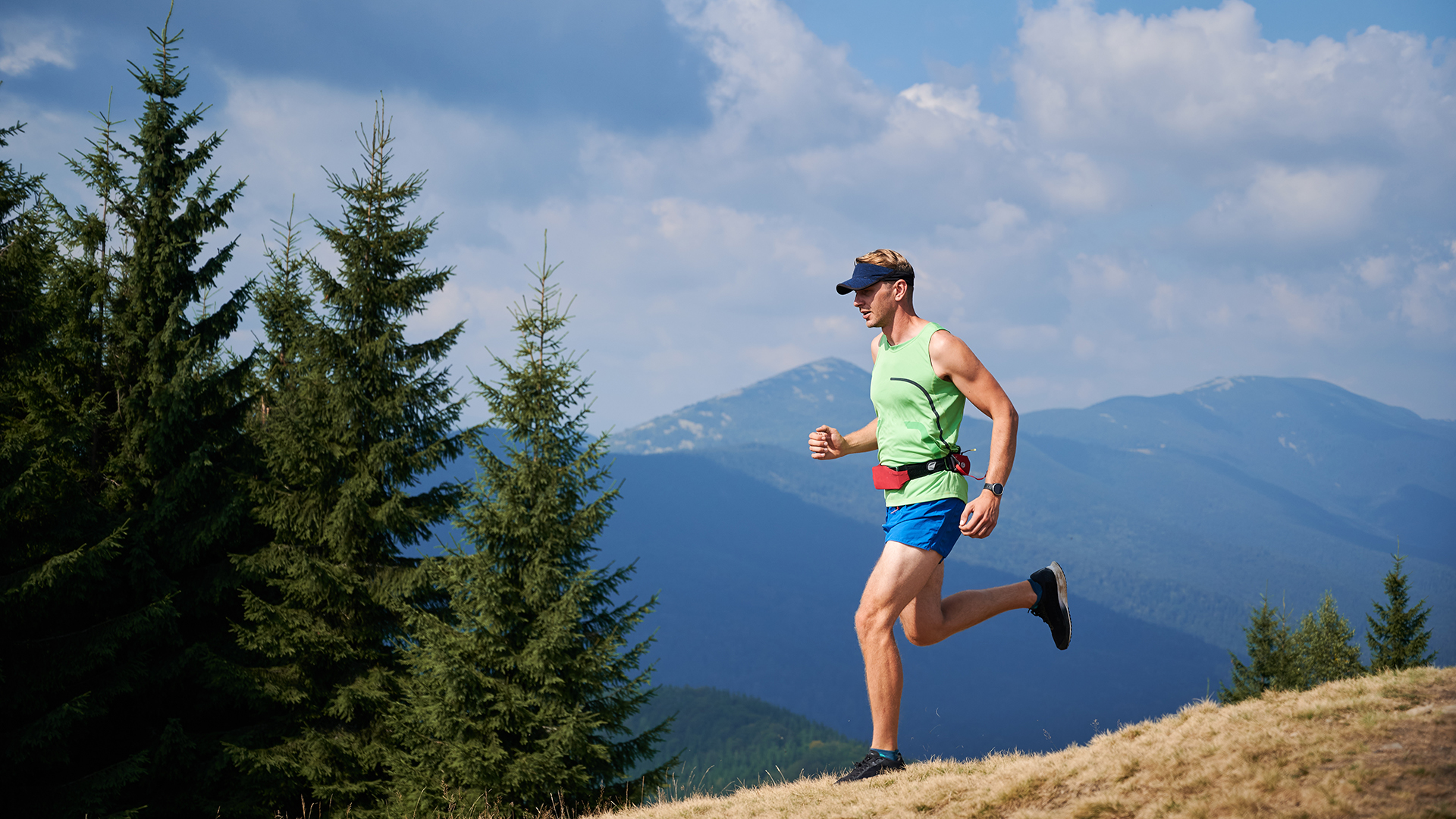
Perfect your downhill running form in 2025 – you’ll build leg resilience and reduce your risk of injury in the process trails.
“Maintaining proper form during downhill runs is notoriously challenging,” warns James Campbell. “The increased impact forces and quicker foot strike rate make it harder to keep your hips level and your knees stable.”
Research suggests that selecting gradual slopes (up to 8%) with forgiving surfaces (grass or gravel) to train on, works best for downhill training.
“Keep your posture upright, shorten your strides, aim to land mid foot with your core engaged to master the declines.”
7. Take an ice bath

“I’ll be honest, I don’t particularly enjoy it, but I have found that having a short cold bath (with added ice cubes) after a long trail run really does help improve recovery and reduce muscle soreness,” says Katy Parrott. “As I start to head into a training plan for my next big ultra (100-miler in the Slovenian mountains) I’m adding cold baths into my routine to speed up recovery on back-to-back long runs.”
8. Train with a baby stroller
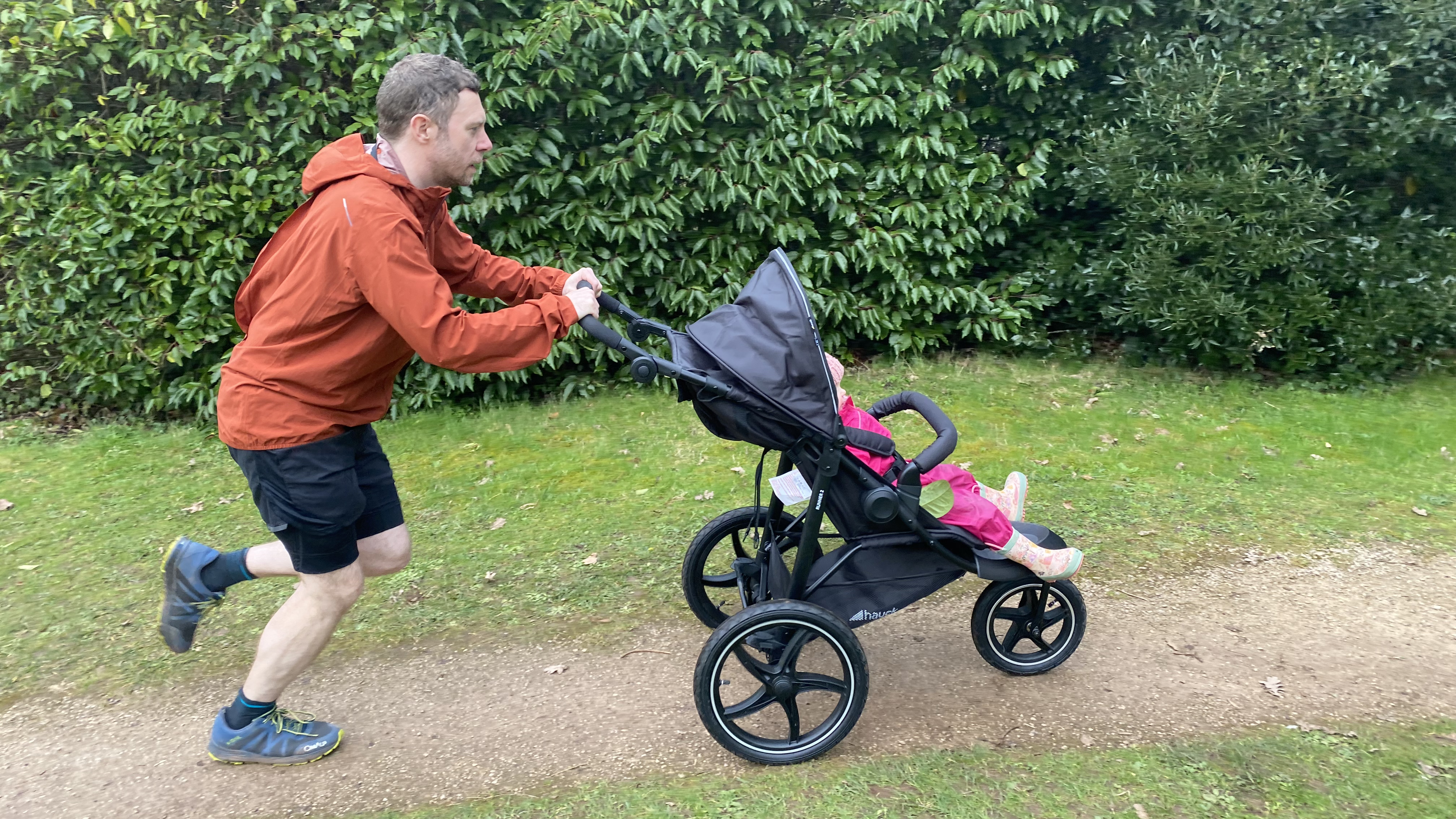
“I have a son who’s 15 months old so he is now able to come out with me for some of my shorter running sessions as I train for my 2025 endurance adventure,” says Jamie Ramsay.
Having run 17,000km pushing a baby stroller from Canada to Argentina before, Ramsay is more than qualified to take a stroller – but also insists it has other training advantages.
“Running with my son means I have to think about more than just putting one foot ahead of the other and it helps me to make the running a background activity and my general awareness more acute.”
9. Eat with consistency
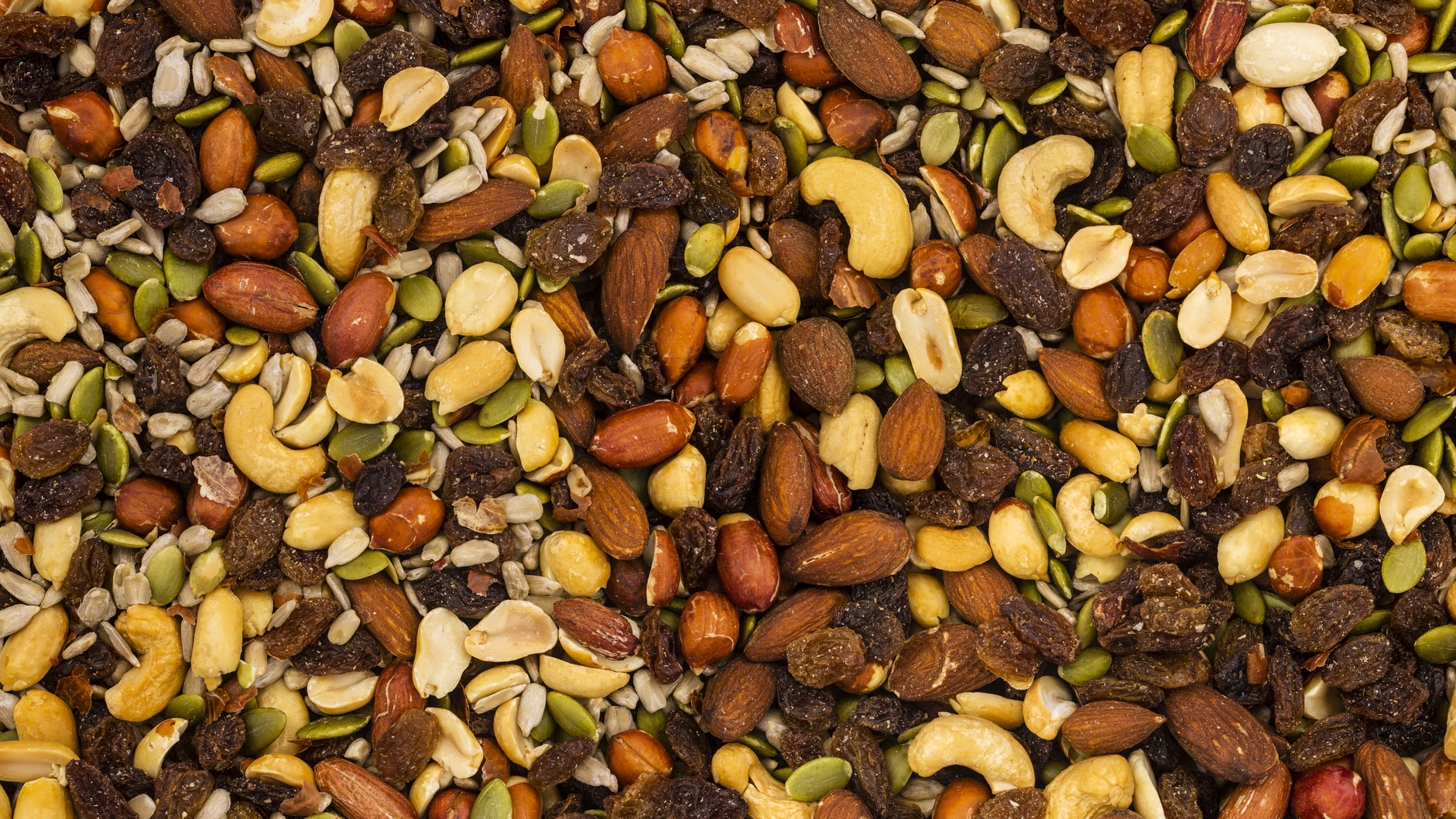
“A lot of trail running prep is about consistency and food is no exception,” says Jamie Ramsay.
“Choose which foods work for you, and most importantly your stomach, and then train with them consistently.”
To that effect Ramsey starts the day with a large bowl of Quaker Oats and trail mix plus coffee, a sandwich (cheese and ham) for lunch and a Firepot dehydrated meal (“Pulled pork is my favorite,” he says) for dinner.
“I supplement this with Chia Charge bars, Clif Bars and Snickers – plus Haribos for emergencies.”
10. Create your mantra
“You will learn from every race or event you go to,” says Jon Shield, running coach and BTU Ultra Race champion.
“Sometimes you will fail, through getting things wrong or through injury or illness, but it’s how you deal with these things that counts. Learn lessons from your failures that you can apply to your next race. Tell yourself that trail running is a continuous process of learning, whether it’s nutrition, kit, training methods or race craft. It takes time, enjoy the process, be patient and consistent.”
11. Get a gun (a massage gun, that is)

“I’ve started using a MyoMaster massage gun to help keep my legs fresh – it’s an effective post-run recovery tool,” says Ramsay. “But I also like to use simple vinyasa flow yoga (classes by Briohny Smyth, Alo Moves) to reap some physical and mental recovery benefits.”
12. Have a pub lunch
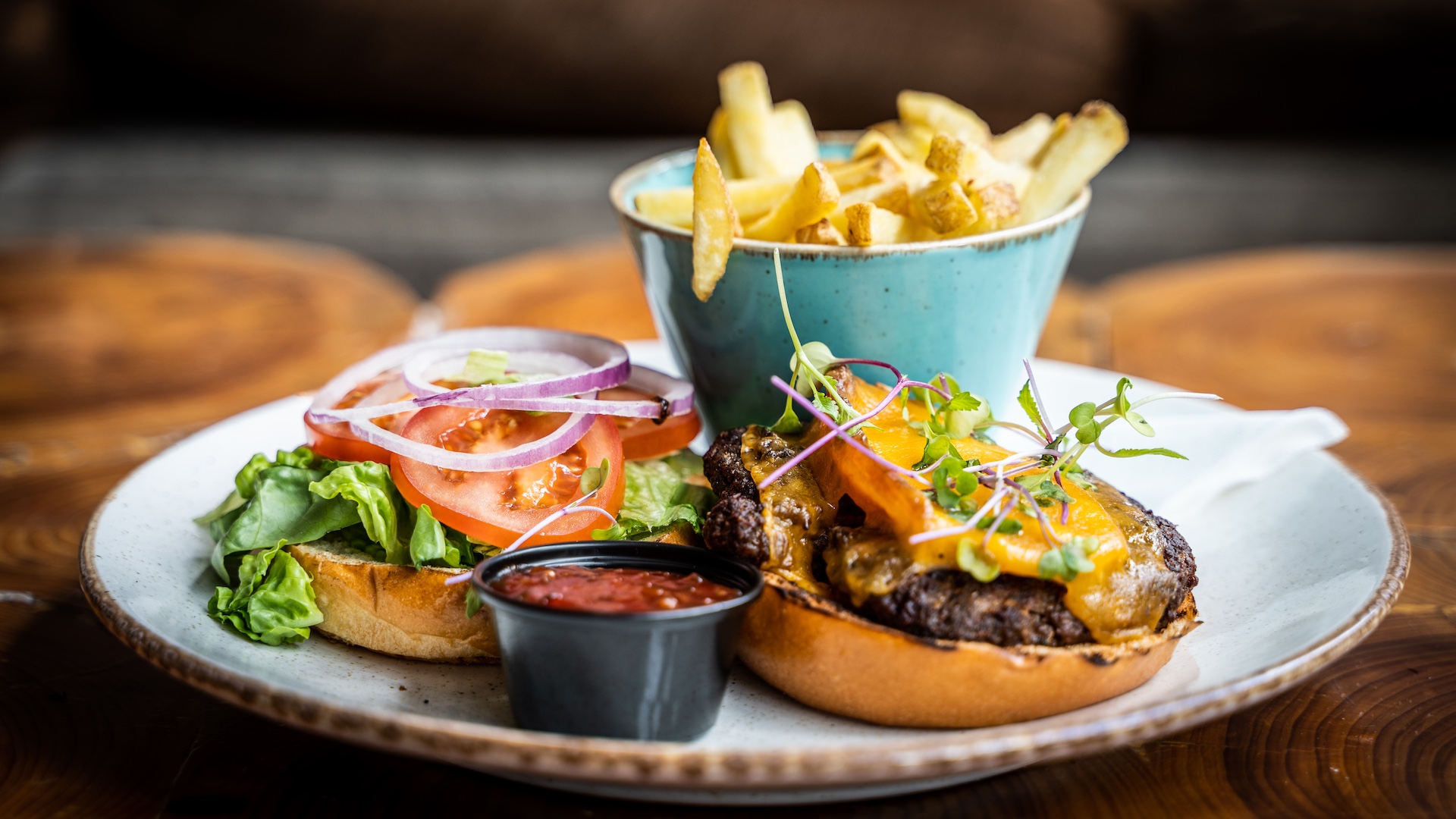
“Pre-run nutrition for me is carb-heavy meals while avoiding high-fiber foods to prevent stomach discomfort,” says Simon Roberts. “Afterward, recovery is just as important; treat yourself to a hearty pub lunch burger and a pint of ale to replenish both body and spirit!”
Rob Kemp is a Dorset-based trail runner and off-road cyclist. He's written on the subject of health and fitness for over 25 years across a range of publications and websites. A former contributor to Trail Running and Outdoor Fitness magazines, his work now regularly features in The Telegraph and Cycling Weekly magazine. These days he's easing off from marathon running and devoting more time to hiking in Wales and Scotland or falling off of his bike in scenic wilds of south-west England.

